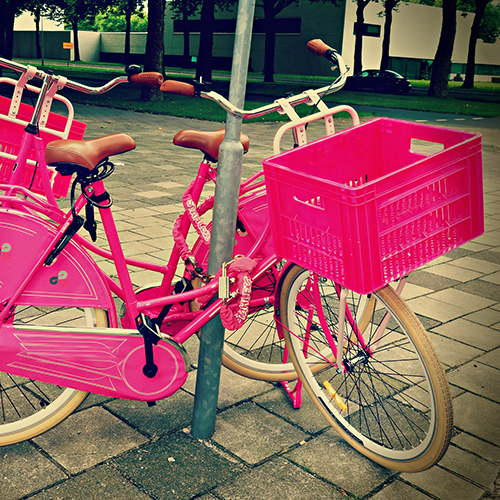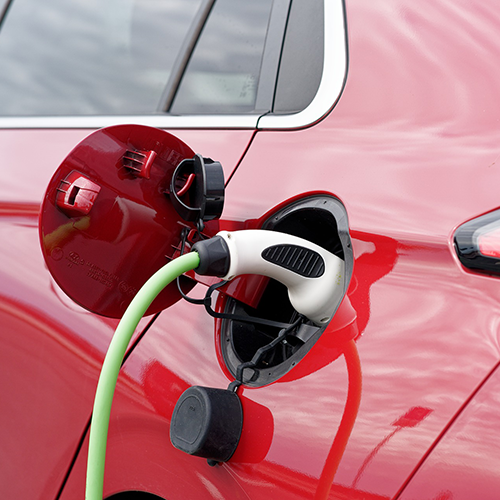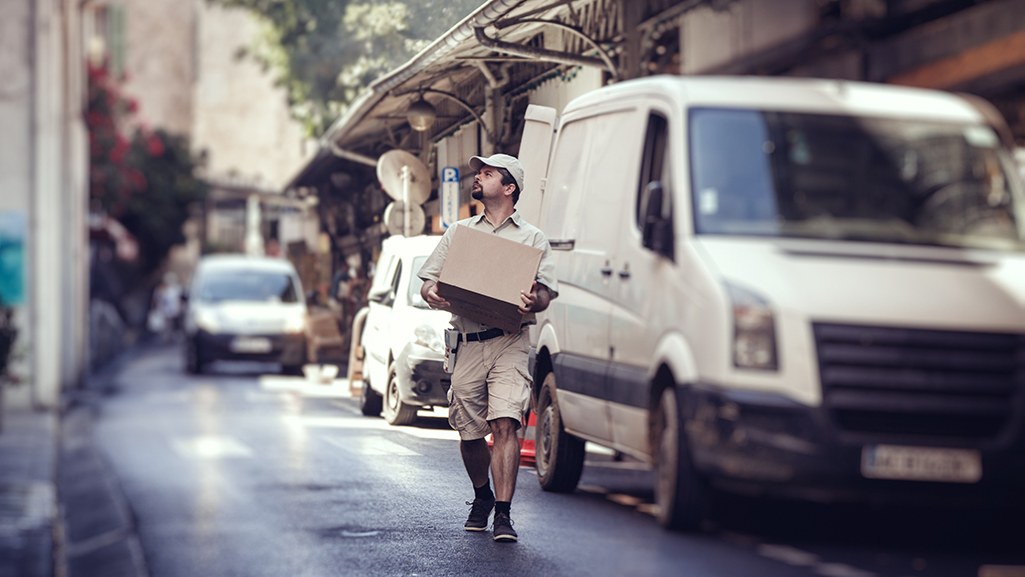Traffic in inner cities is changing, but that doesn’t necessarily mean it’s decreasing. More and more online shopping and frequently reduced inventories lead to an increased number of deliveries and delivery service providers who are competing with one another. At the same time, communities and their managers are working to turn inner-city areas into traffic-calmed zones and to shift moving traffic to outer zones. Regulatory intervention is on the horizon with measures that restrict the total number of vehicles or provide upper limits for particular vehicle sizes. This can significantly reduce emissions.
In a so-called 15-minute city, it should be possible to reach anywhere important that urban dwellers go within about 15 minutes, with sustainable means of transportation. If that were possible, motorized traffic on the roads would decrease drastically. However, implementing this concept outside of the city-planning context is not so easy. What’s required are solutions for state-of-the-art inner-city logistics.
Cargo bikes, an alternative?

With regard to inner-city delivery traffic, people quickly call for cargo bikes. They are agile, flexible, and with low energy consumption, they seem to be the ideal alternative for CO2-reduced delivery traffic in the city. Precisely for conventional express business, for example for the delivery of medicines ordered on short notice from drugstores, cargo bikes are a good alternative. And if e-bikes are used, suppliers can significantly expand routes and reduce travel times.
However, the cargo volume is limited. Matthias Hormuth, Head of Products at the PTV Group, who has been involved in the logistics sector for many years, knows what he’s talking about: “Even if the percentage of bicycles increases constantly, it’s difficult to cover these delivery volumes using cargo bikes in the inner city; they simply can’t do the job of a 40-ton truck. Therefore, a solution approach for inner-city logistics is to create new delivery structures.”
New delivery structures
In large cities, there are many projects and examples where last-mile distribution using bicycles works well. With an appropriate bicycle infrastructure, the effects on traffic flow are even more positive: For optimal planning of such delivery structures, many city logistics scenarios can be simulated with software. But the combination does the trick: The solutions for wide-area planning lead directly to a shift of deliveries to different means of transportation – whereby the cargo bike represents just one of the possibilities. However, cargo bikes would be a perfect option, if small, inner-city collection points for packages were set up, so-called micro-depots, from which the transport providers could deliver.
Another approach is to bundle inner-city deliveries. That is, to combine trips and better utilize the vehicles. To bundle effectively, the transport service providers would have to work closely or transfer the deliveries to an independent company for the last mile: This would be a big challenge for the frequently small companies that handle inner-city deliveries.


Fleets with alternative drives
Therefore, a first step for the logistics service providers will be to convert their fleets to alternative drives or to combine different kinds of drives. Starting in 2035, no more combustion engines should be built and registered in Europe. The alternatives are already available: Electric motors are booming, but hydrogen and gas-operated vehicles are also available on the market. The euphoria is essentially restricted by two factors: the maximum range and an appropriate charging infrastructure. Each kind of drive has its advantages and disadvantages – also for delivery in inner cities.
“Logistics service providers are confronted with the question of where conventional drives and alternatives can be deployed optimally,” says Hormuth, “the conversion to a mixed fleet requires new transport optimization, which takes the existing framework conditions into account.” Here, the sustainability factor should not pose disadvantages from an economic point of view.
Futuristic approaches
There are hardly any limits for creativity in the invention of new, futuristic approaches to cargo mobility in urban areas. A series of ideas and specific projects are focusing on robots as urban delivery vehicles. In the Efeucampus pilot project, small mobile, autonomous robots make deliveries right to your door and pick up new goods. With this project, participants are seeking to develop a way that CEP service providers can reduce traffic in inner cities and protect the environment. Ford has also been testing autonomous delivery robots for two years already.
Other concepts regard the use of local public transportation as a practical option for distributing goods. Self-driving robots should ride along in the trunk and disembark at delivery addresses. It would also be possible to pre-pick mobile packing stations and then unload them at central points near the delivery addresses. An interesting project is currently underway in Switzerland: Cargo sous terrain represents a digital country-wide overall logistics system that connects large distribution centers and provides below-ground last-mile distribution of goods.
Realistic solutions
Detailed distribution structures represent the most sensible and realistic approach to solving distribution problems in urban areas – paired with central logistics hubs distributed across the city. Delivery zone management can also ease the situation, as can strategic solutions for the last mile and software-optimized route planning. The successive optimization and addition of small electric delivery vehicles and cargo bikes to the fleet, combined with new regulations related to explicit loading and delivery zones in inner cities, can contribute to improving matters.
Digitalization will ensure timely solutions along the entire supply chain: Hormuth says: “We don’t talk much about this because we’ve been doing it for more than 40 years at PTV.” And he continues: “Appropriate algorithms ensure that framework conditions such as bypassing low-emission zones are considered, as are time windows, traffic density, and different means of transportation. To do justice to a diversified market and the challenges of inner-city logistics, we need digitalization. Only in digital interplay can cities such as Paris, Hamburg, and Utrecht position themselves as “best practice” examples and at the same time, optimize inner-city logistics.”
